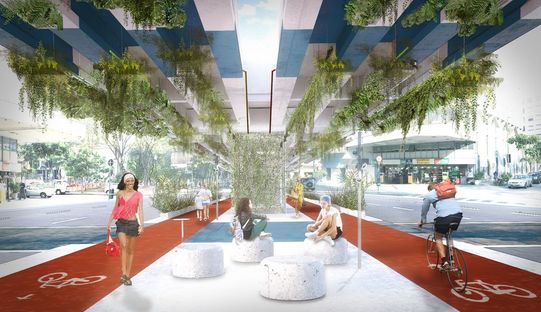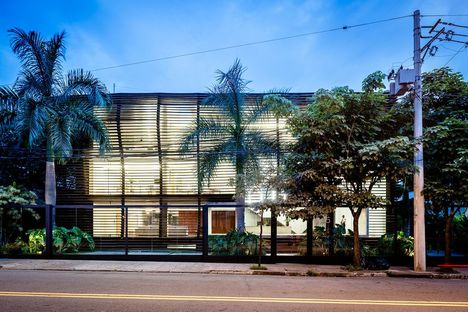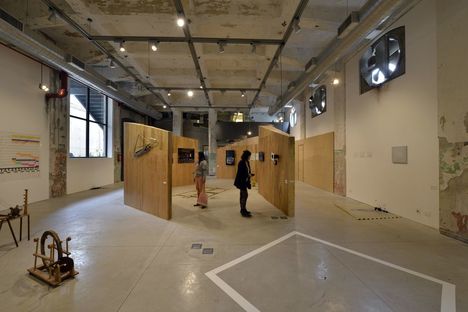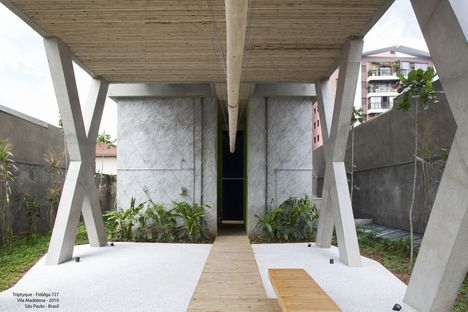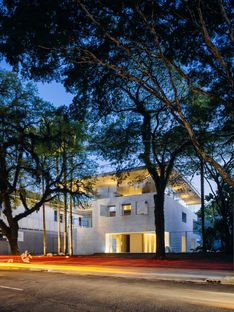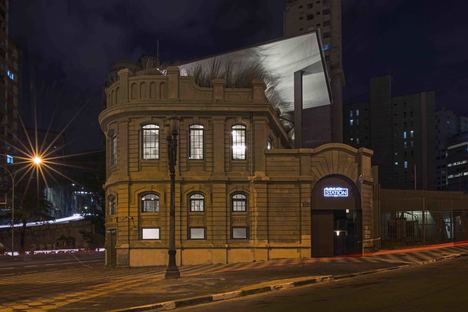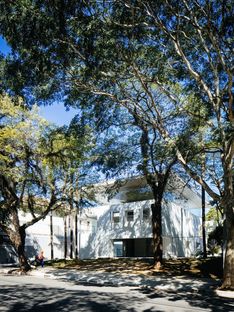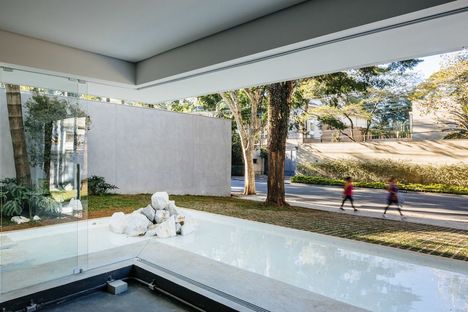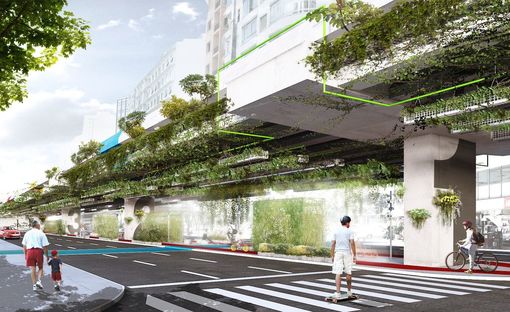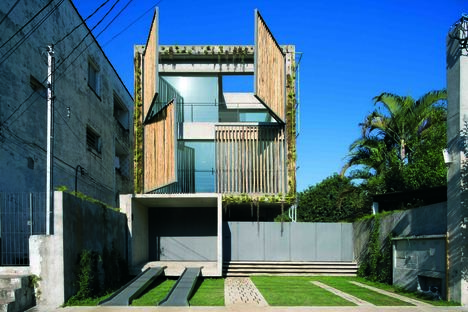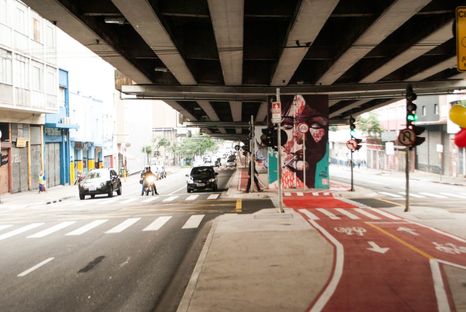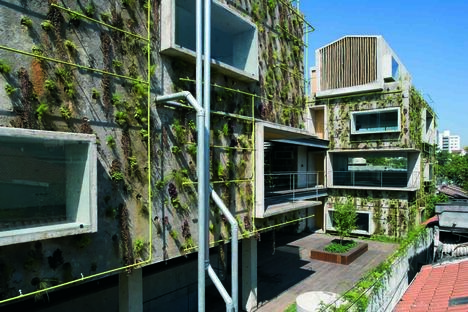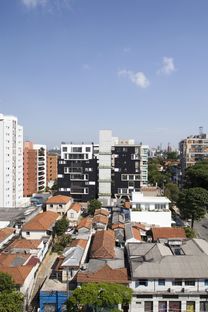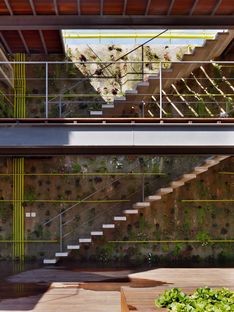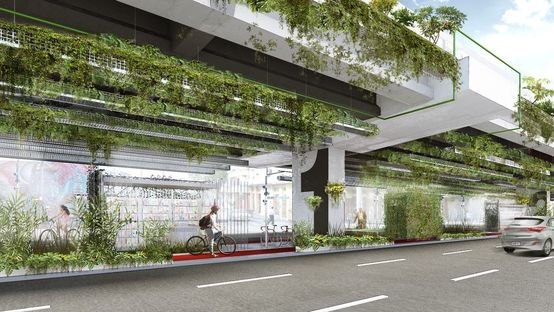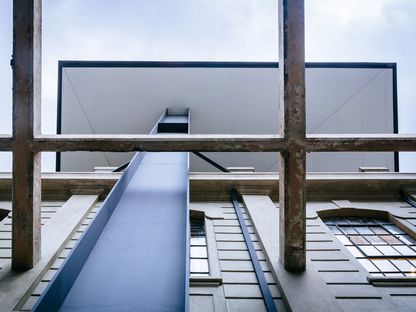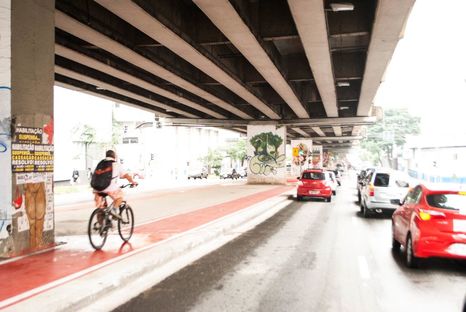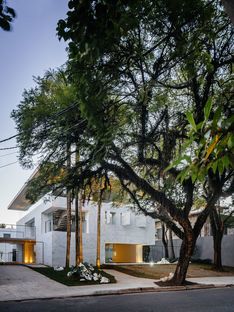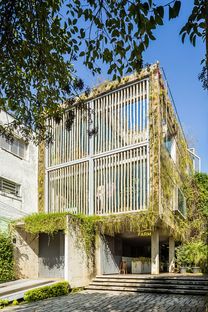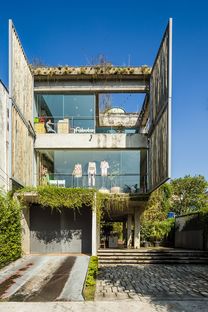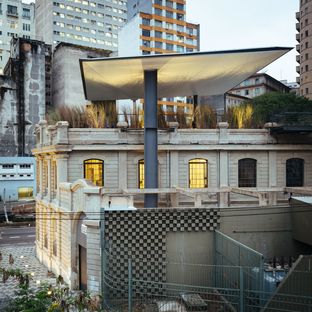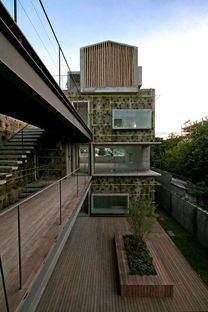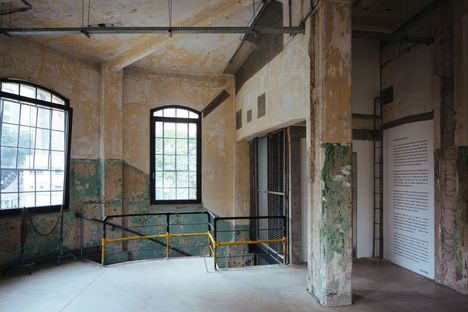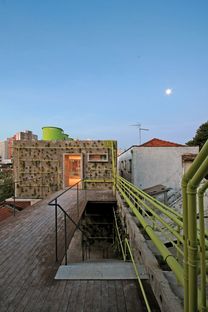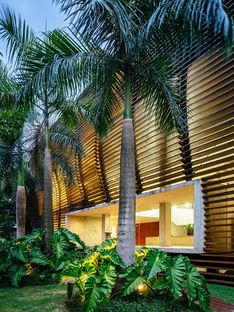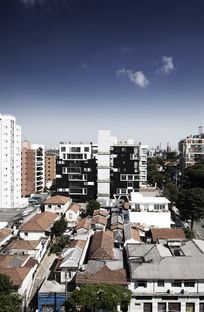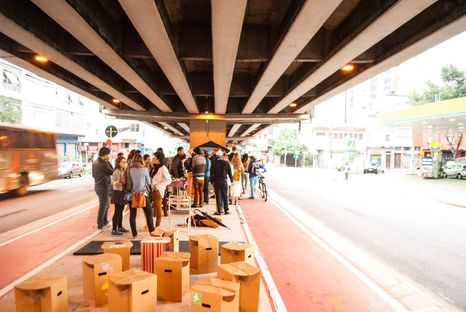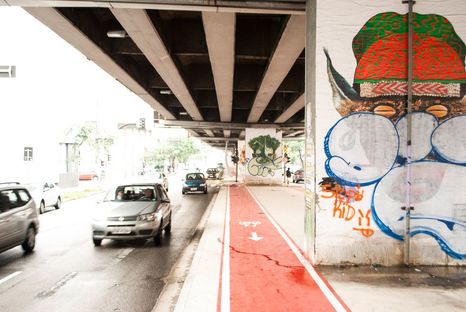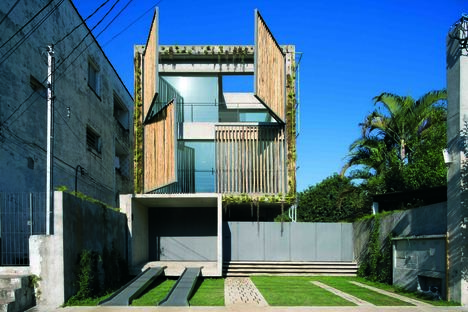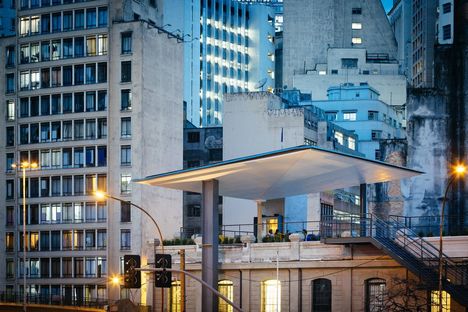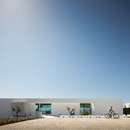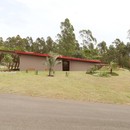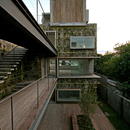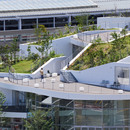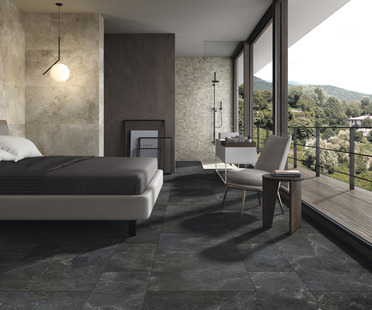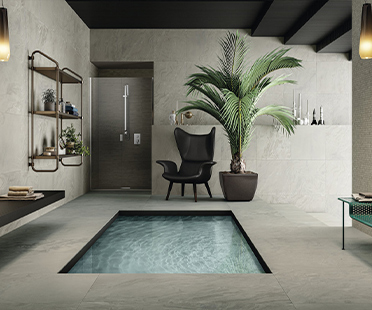27-04-2016
San Paolo of the future according to Studio Triptyque
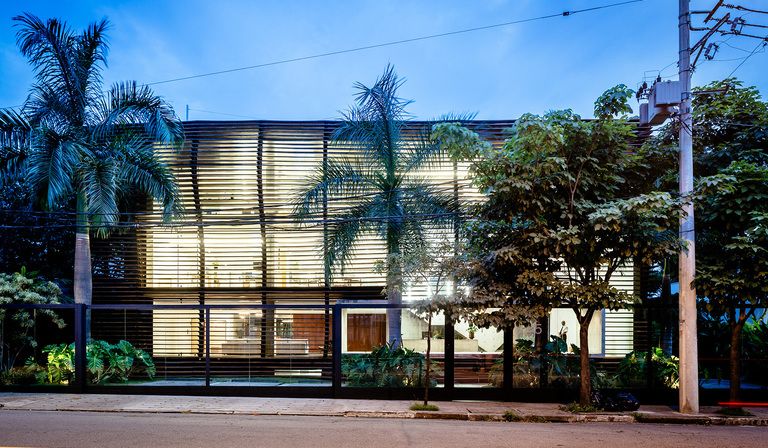
We begin this interview in discovery of an unknown side of San Paolo at a specific point. In addition to Niemeyer’s heritage, is there a recent architectural project, a place or a square in the city that young people in San Paolo particularly like, a place that has come to symbolise the contemporary city? Tell us about it.
In São Paulo dowtown there is a viaduct commonly called "Minhocão" which is in the middle of a urban-social debate. It was built in 1971 as a sign of the modernity who gave to the cars a central place. Today, it appears as a scar in São Paulo downtown. The director plan has until 16 years to transform this elevation of almost 3km. For many years the focus was on the future of the high road, a huge community is willing to turn it as the elevated park such as the New York High Line. Even now, each week-end the traffic is forbidden and the road is full of pedestrians, runners, strollers, families, sellers,... It is one of the most underground and creative place in the city. But is also the symbol of two generations: the "old" one pro cars industry, and the new one, willing to live the differently a city.
We love this place for its potentiality, it will certainly be a key for a new São Paulo. We are also involved in this urban project, focusing to the lower part, completely forgotten in this reflection while it is surely the most affected, such as an urban tunnel, source of shade, a leftover of the São Paulo city. In collaboration with the landscaper Guil Blanche, we tried to change the point of view on this infrastructure, and so move from the high road to the Marquise (un grande spazio coperto di collegamento all’interno del Parco Ibirapuera progettato da Oscar Niemeyer a San Paolo nel 1954 n.d.a). The past year, we gave this ideas as a donation to the São Paulo Council, inviting the mayor and the people to see the Marquise as a productive space and not any more a sub space.
First of all, the project is participative. The first step of this reflection was to invite the local community to develop and share their desires for the future of the Minhocão Marquise. The structure will change but accords with the district identity and the local community.
Then, Triptyque wants to give life to this space by giving light thanks to a simple opening operation, to create beams of natural light. The light actives the place and allow the life to settle, first in the form of the nature. The Minhocão Marquise is the most polluted place in São Paulo. According to research, suspended plants from the ceiling over the entire length of Minhocão, will filter 20% of the cars CO2 emissions. The irrigation of these plants will be provided by a natural water harvesting system, the vaporization of this water will have a sanitation role of the air and will clean the Marquise surface.
Finally, the Marquise could receive a mix of programs. Its length will be divided into blocks determined by the space between each pillar (33m), these blocks will be numbered as the "posts" of the huge beaches of Rio de Janeiro. Each block gets 4 program modules: culture, food, services and shops.
On a visit to San Paolo a few years ago, I saw a city of sharp contrasts, including architectural contrasts, in which banal modernity has suffocated nineteenth-century treasures which have somehow survived. Is this only a superficial view? What is San Paolo really like for the people who live there?
The Brazil gave birth to giants Architecture which one of the last great architect of the modernist movement: Oscar Niemeyer. Yet another movement called "Paulista School" founded by Paulo Mendes da Rocha, Pritzker Prize some in 2006, which advocates a strong structural brutalism is also well established since the 60s this extraordinary cultural heritage has generated a real "style "Brazilian, a very modernist approach, even" brutalist "still in force today ... in the middle of an omnipresent tropical landscape.
Let us conclude by asking you if there are any examples of the architecture of the new San Paolo that you wish you could get rid of. With reasons for your choice, of course.
The main problem of Brazilian society is the huge gap between the different social classes. This gap is showing in architecture by "gated communities" who physically separate social classes, but also the public and private spaces. We always try in our project to open the private place to the public one avoiding the dividing wall even in upper class district, but also by implenting mixe use in our urban projects.
Mara Corradi










